Story
STOP PRESS!!
Our 175 Challenge fundraising has gone way over an amazing £5000, plus £1100 GiftAid and several hundred pounds in offline donations. This means our total is DOUBLE our original target, all going towards our grand plans for a new building/ Huge thanks to everyone who helped, contributed, and supported us throughout the project.
In October, museum director, Mike Pringle, cycled 175 miles from Swindon to Worthing, via all the places Jefferies lived, starting at Jefferies' birthplace, going across south London then down through East Sussex to Hove and Goring-by-Sea, until finally reaching Jefferies' final resting place in Worthing & Broadwater Cemetery. Then, on Friday 3rd November, museum patron Bevis Watts walked from Wallingford, where he was born and given his name, to Swindon, where Jefferies was born and created the name!
We have reached our original target, to cover initial costs of putting in a planning application for our new building, but the extra donations will help us towards the funds we need for the next stage. So, thank you!
Nature in a name
Dr Bevis Watts is CEO of the ethical bank, Triodos. He was previously CEO of Avon Wildlife Trust, and has a passion for everything to do with nature. Last year, Bevis kindly agreed to become a patron of the museum, and is taking on this challenge to help us directly.
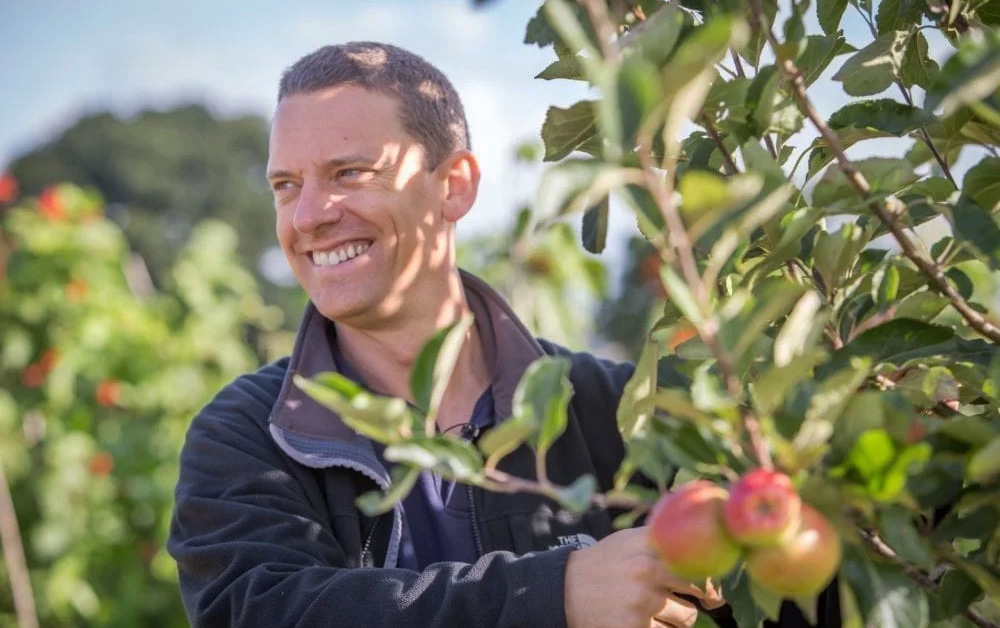
This is what he has written about his own challenge:
Nov 6th 2023 is the 175th anniversary of the birth of author Richard Jefferies. A familiar name? Not to many but to those in the know he is regarded as Britain’s first ever nature writer and the first person to use the term ‘wildlife’ in a nature context. Jefferies was something of a celebrity in the late nineteenth century and had produced a huge body of work by the time he passed away at just 38 years old. His works extended beyond nature writing to issues like social inequality and how this would be exacerbated by the industrialisation of agriculture.
Perhaps his most famous work is ‘Bevis, The Story of a Boy’ which is a semi-autobiographical novel of a boy with his friend and dog out in nature exploring, gaining knowledge of nature and having adventures. As a boy myself my Dad used to say I was named after ‘Bevis’ hoping I had as good a life as the boy in the book but I think that was a simplistic explanation given to me as a child. Sadly, my Dad was terminally ill in my teens and passed away just after I turned twenty so it wasn’t something we ever got to discuss. However, as my father had been a WWII evacuee in his teens, the freedom of adventure in Jefferies' story of a boy must have been a stark contrast to a wartime childhood followed by compulsory national service and there was perhaps a message in no parents appearing in the book and yet the boy inherently doing right by others and particularly those less fortunate than himself.
If you liked nature writing in a post war Britain then you didn’t have many options and choice would have been a complete contrast to the abundance of nature books and adventure stories widely available today, not to mention all of the films and documentaries we now have in abundance. Therefore, reading a book like ‘Bevis’ would have been a rare treat and it is no wonder it stuck in my father’s mind as the name he would like to give a future son.
It was only when reading Dr Mike Pringle's (Mike) book 'Wild Life - A Unique Vision of Our World' about Jefferies life that then gave my name even greater meaning in learning about what the foresaw in the decline of nature and rise of social inequality over 150 years ago. There being more to Jefferies than simply an interest in wildlife also echoed my father who would give inspiring assemblies as a schoolteacher, raise money for charities and never walk the dogs without a plastic bag in his pocket for litter.
It is due to this personal connection to a name and because of the importance of his writings I wanted to help the museum in some small way, and help raise awareness of the issues Jeffferies wrote about which remain true today. As part of celebrating 175 years since Jefferies’ birth, museum Director Mike had plotted a route from the farm where Jefferies was born (now the museum) to Brighton where he is buried via every blue plaque property he ever lived in - and unbelievably it was a theoretical 175 miles. In practice it was much farther on foot or bicycle due to all the winding paths and routes you’d have to take - something Mike would find out when he did cycle the whole distance!
I had hoped to walk the entire route but a knee niggle from a sponsored trek earlier in the year had meant I had no chance to train or prepare properly for repetitive days of walking. Mike had cycled the whole distance and I still wanted to contribute to the fundraising and in some way as well as connect with the anniversary, nature and the reason behind my name. A large part of the route identified by Mike was the Ridgeway - a national trail and Britain’s oldest road. A light bulb lit up when I realised that the Ridgeway went from Wallingford near Oxford where I was born and given the name ‘Bevis’ and past Swindon. Wallingford to Coate Farm would be an estimated distance of 35 miles. Could I walk it in a day? I’d blocked out days off when I’d first hoped to walk the entire route with the intention of arriving at Coate Farm on 6th November - the actual birthday of Jefferies’ - and join the celebrations. I had planned to leave Brighton on 31st October - what would have been my Dad’s 96th birthday. Weighing all this up and my revised challenge I decided to attempt the 35 mile walk on Friday 3rd November as the middle date between the birthdays and would pay homage to both.
Jefferies would regularly walk huge distances such as from Swindon to Savernake Forest, explore the forest and walk back. How he did that with little supporting equipment is scarcely imaginable but perhaps testament to the healthy environment of the era when foraging and pure water courses existed to nourish the wandering writer.
Daylight and the weather would be a challenge in early November but that made it an even more worthy challenge and one that would need some planning and preparation, particularly as the route did not pass through a single village between Goring and Swindon, so carrying all my water and provisions would be essential. We often live in fear and what is the worst that could happen?
Let the journey begin…on the banks of the River Thames.
Bevis Watts
What it's all about
Over the summer, we have had lots of people sharing their observations of nature along a 175 mile 'corridor' from Jefferies' birthplace (and museum) in Swindon, to his grave in Worthing, via all the places he lived, including London, Crowborough, and Hove. As well as enthusiastic walkers, school children, artists, photographers and poets, contributors include well-known nature writers like Matthew Oates, Roger Morgan-Grenville, Conor Jameson, Gail Simmons, and Kate Bradbury. A full colour publication will be produced when the route has been completed.
As you can see from the schematic below, most of the route has already been explored (red dots), so this bike ride will just make sure all the last little spots are also covered. For more details, or if you want to contribute your own observations, visit: https://richardjefferies.org/wildlife-walk
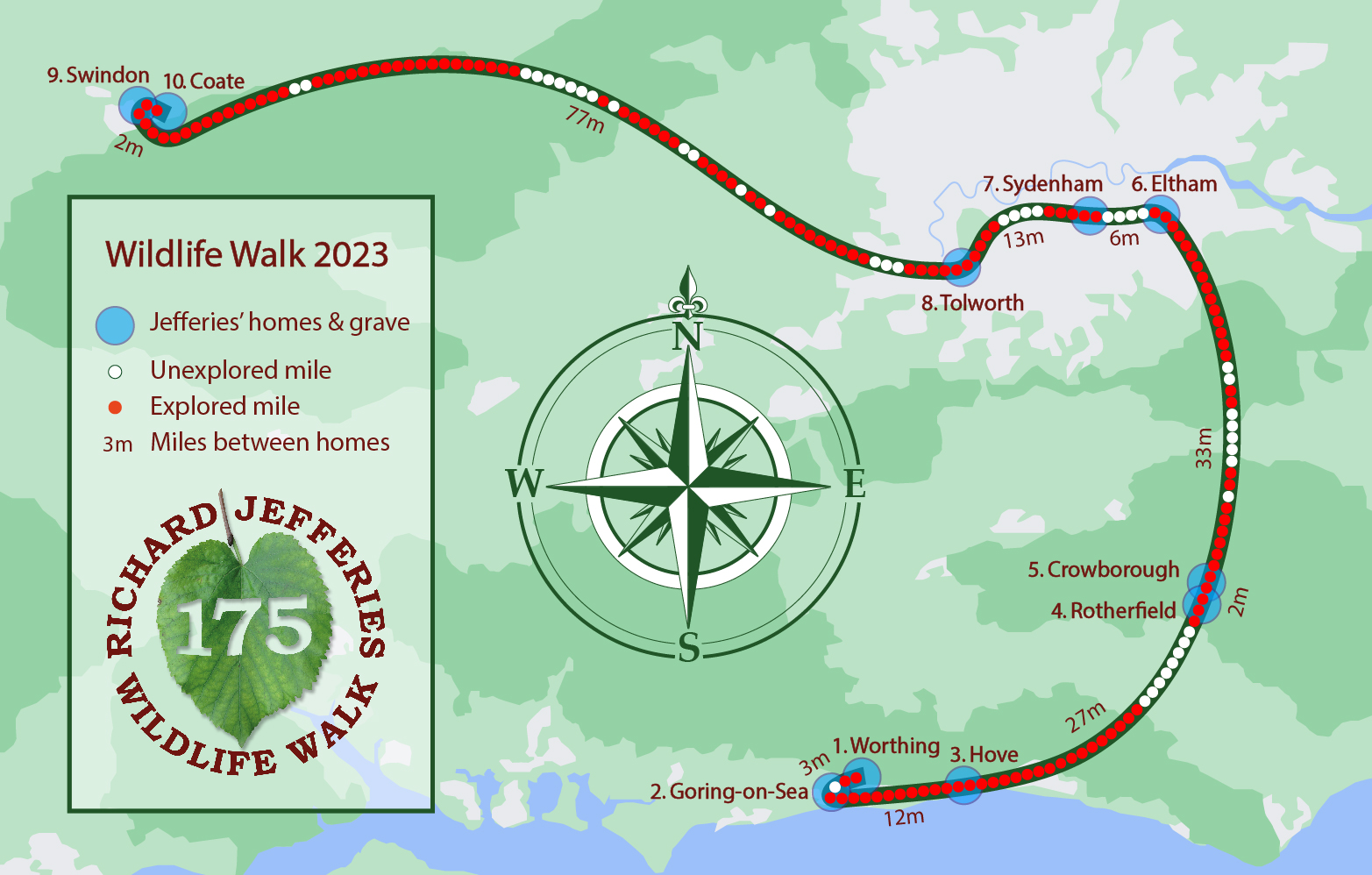
175 years of nature...
Our little community-run museum is dedicated to the things that were important to a Victorian nature writer by the name of Richard Jefferies: nature, the arts, and people. Described by naturalist Matthew Oates as "the first and truest nature conservationist", Jefferies and his passion for the natural world is also responsible for moulding the term 'wildlife' into what we know today. Television gardener, Monty Don, says: “Reverence for the natural world and the need to acknowledge both its fragility and significance is growing. We are learning that we need that world in all its sublime complexity much more than it needs us. This was Jefferies’ subject and it has never been more pertinent to the way that we live.” Which is why we need a new building!
Watch our video: https://youtu.be/Eeuw3z1778U
Growing fast!
The museum has been growing - more events, more activities, more volunteers and more visitors! We've now reached the stage when we think it is time to grow some more, but this time by creating something that will help the old farm site accomodate all the new things that are going on. So, after a good few years thinkling about it, we have come up with an idea of using the space where a barn used to stand, to put up a barn! Okay, so Kevin McCloud may not be rushing down with his camera crew, but it's grand to us!
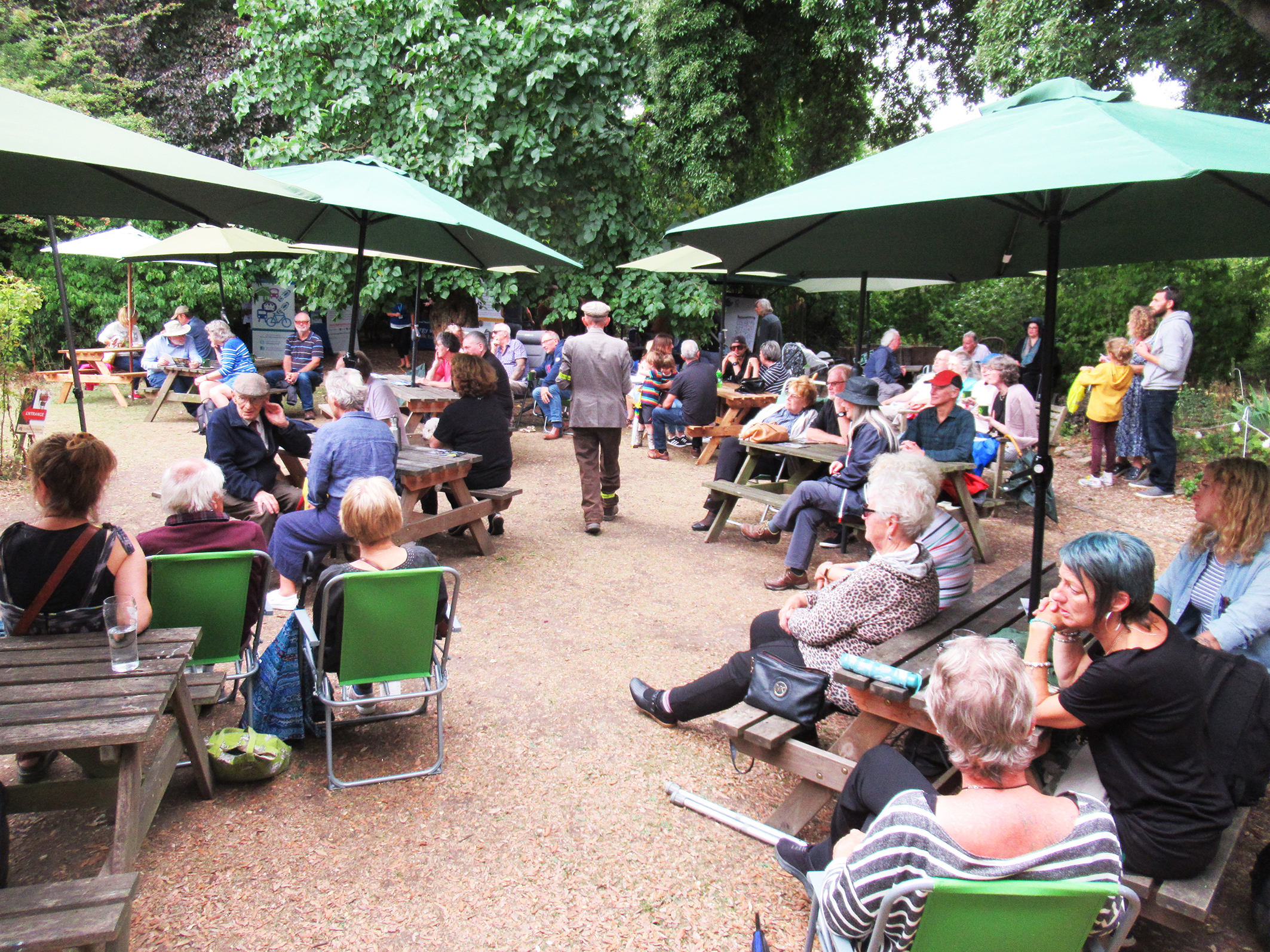
A nice problem to have...
The success of the museum, with its growing number of visitors, actually causes issues which the site is not designed for. Our events are mainly held outside in the beautiful gardens, but, if the weather turns bad, visitors need to go indoors, and instantly overcrowd the spaces - the rooms of the museum are all too small, of old building fabric, and full of items which are precious and often fragile. Not to mention the increased potential risks to the people themselves!
Accessibility in the old building is very limited, and bad weather renders outdoor spaces unfit for many visitors too, particularly for wheelchair or buggy users.
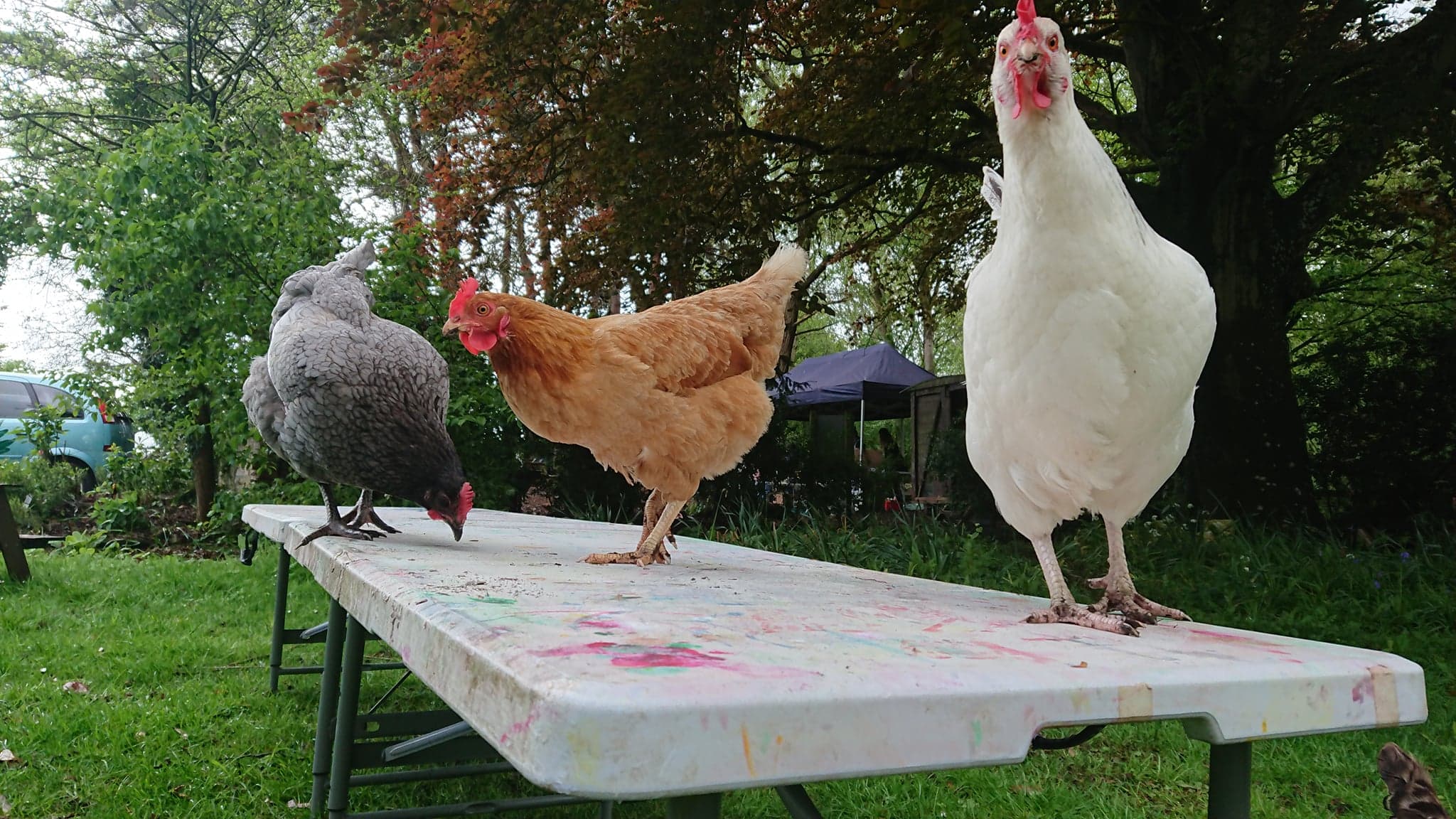
Our thinking
We figure that if there was a space that could protect people from the weather (and maybe have a decent accessible toilet as well!) the site's purpose as a heritage asset and as a hub for community activity, would change dramatically. This led us to look at the area where the old cattle shed used to stand, and dream about how great it would be if it was still there. Sadly, it was demolished in the 1950s. But then we had the idea of creating a new space, custom-built to meet the needs of a modern, sustainable museum, with kitchen, disabled toilet, activity space and storage. All, of course, in keeping with the historic character and Listed Building status of the overall site. Not only would such a building allow visitors to be safely and comfortably indoors when the weather is too bad to remain outside, but it would bring so much more to the museum, for example:
- A hygienic and modern kitchen facility, enabling professional provision of refreshments to visitors. The museum has provided hot drinks, cakes etc. for many years now, and it is not anticipated that this would change in scale or style. The Trust does not want to compete with the area’s other outlets - the Sun Inn and the cafe/shop at Coate Water - but would benefit enormously from more professional facilities and an indoor space for a few seated visitors.
- An education space. One of the key roles for a new space would be the museum’s provision of education in various forms: primary and secondary school visits; adult education classes; and specific courses relating to the museum’s core areas of arts, wildlife, the environment, agriculture, gardening and country crafts.
- The arts. The Poetry Swindon annual festival ran at the museum for a number of years but relied on a rented marquee which is far from adequate in cold weather. A space that permitted ‘cabaret’ style tables and chairs or ‘theatre’ rows of chairs, plus a performance space, would enable events like this, and many others, to take place in comfort.
- Wildlife. A new space could have wall space that would enable a semi-permanent display dedicated to English wildlife, and Jefferies’ part in it.
- Space for renting out to third party groups, including businesses and other organisations (for awaydays, meetings etc.), classes for local residents (fitness, yoga, parent and toddler groups etc.), and small scale gatherings such as children’s birthday parties. However, while these things would be nice (and we do get asked a lot if we can offer such amenities) it is important to note that the plan is primarily about improving the museum’s services!
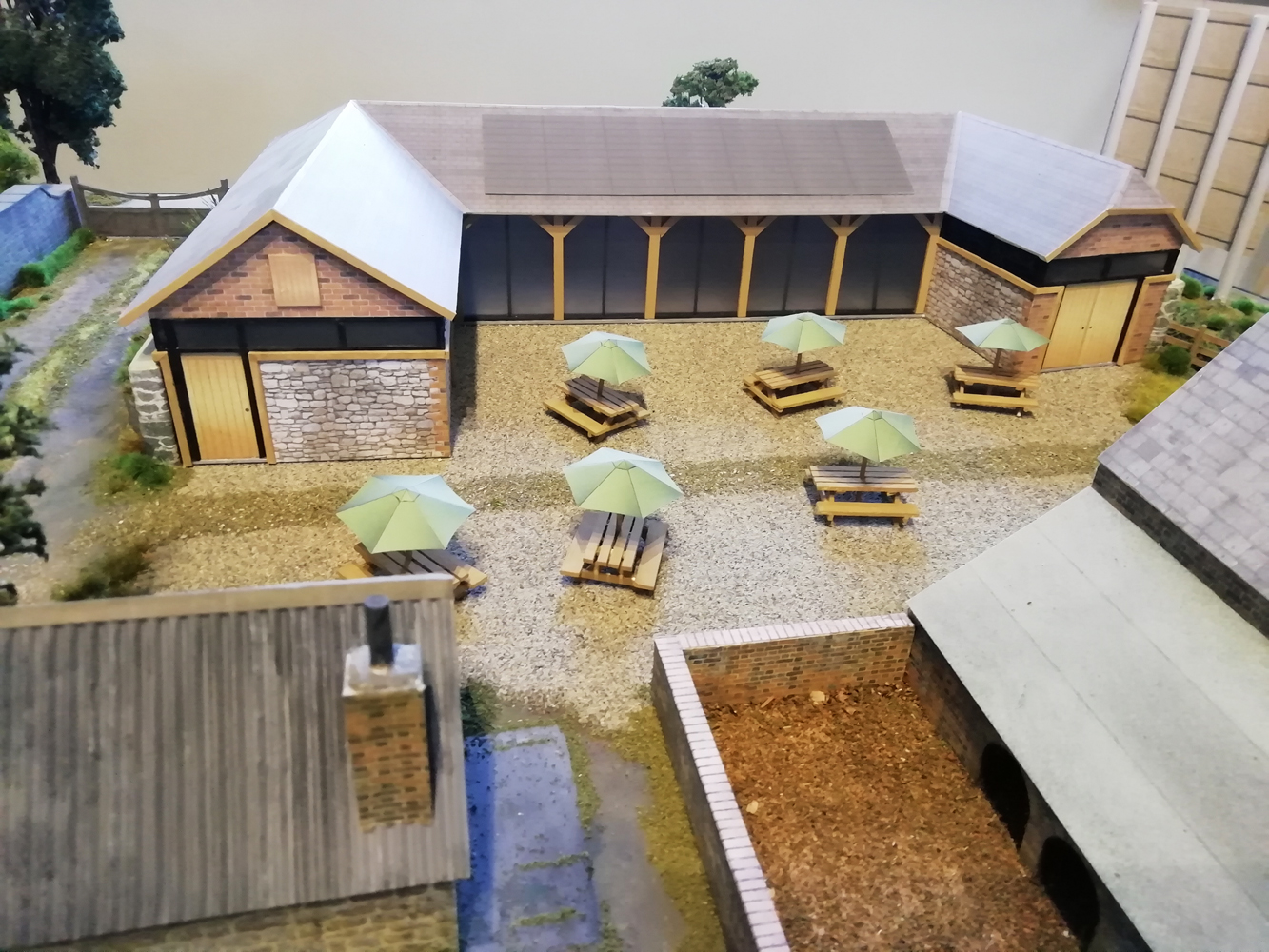
The bigger picture
As well as the above advantages directly connected to the new building, there are other benefits which are in some ways even more important. Firstly, the moving of events to the new building would instantly free the Trust to develop the inside spaces of the original museum buildings through the creation of more and richer interpretation, repairs and improvements to the already existing material, and telling more about Jefferies and wildlife in ways that are more applicable and more engaging to a modern audience. Secondly, the income derived from rental of the space, although not large, would be a new and consistent income stream, helping the museum with its regular outgoings and permitting more work to be undertaken by the Trust. Thirdly, the Trust has demonstrated over recent years that Richard Jefferies and the museum can play an important part in Swindon’s cultural landscape. The combination of all the above means that this important cultural asset will have a real chance of becoming a richer, more sustainable presence, playing an ever stronger part in changing the image of Swindon, its history and its people.
In keeping
We are determined that the new building will fit in with the site and, as such, have developed our idea with the original cattle shed in mind. We imagine a 'barn' built with simple materials to fit in with the buildings around it, and following the basic lines of the orginal building, with a timber-framed structure designed to create minimum impact on the ground below and the current wall. Inside would be a simple oblong space, with a kitchen and accessible toilet at one end, and a cupboard for storing furniture etc. at the other. For full details, visit: https://richardjefferies.org/new-building
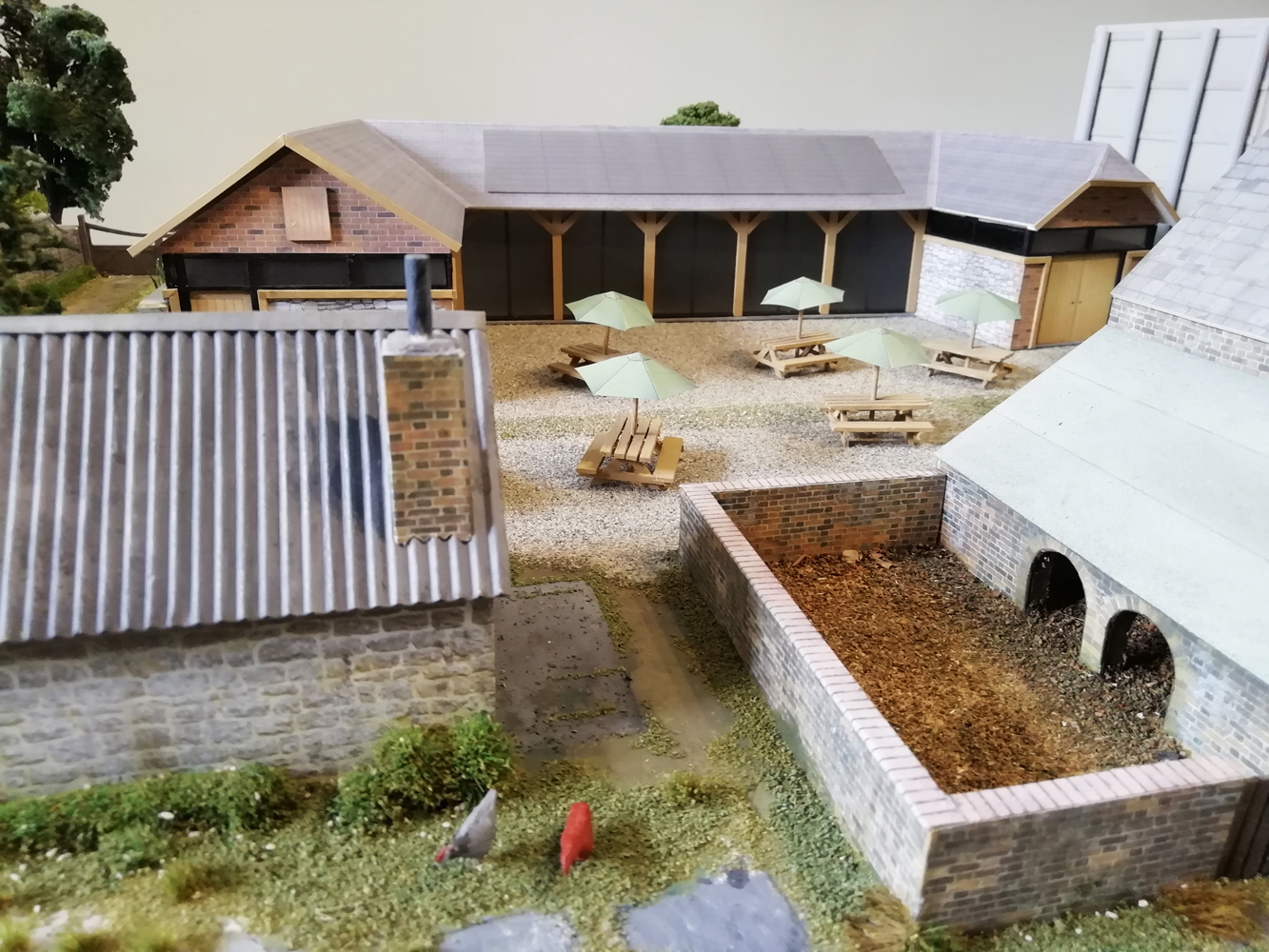
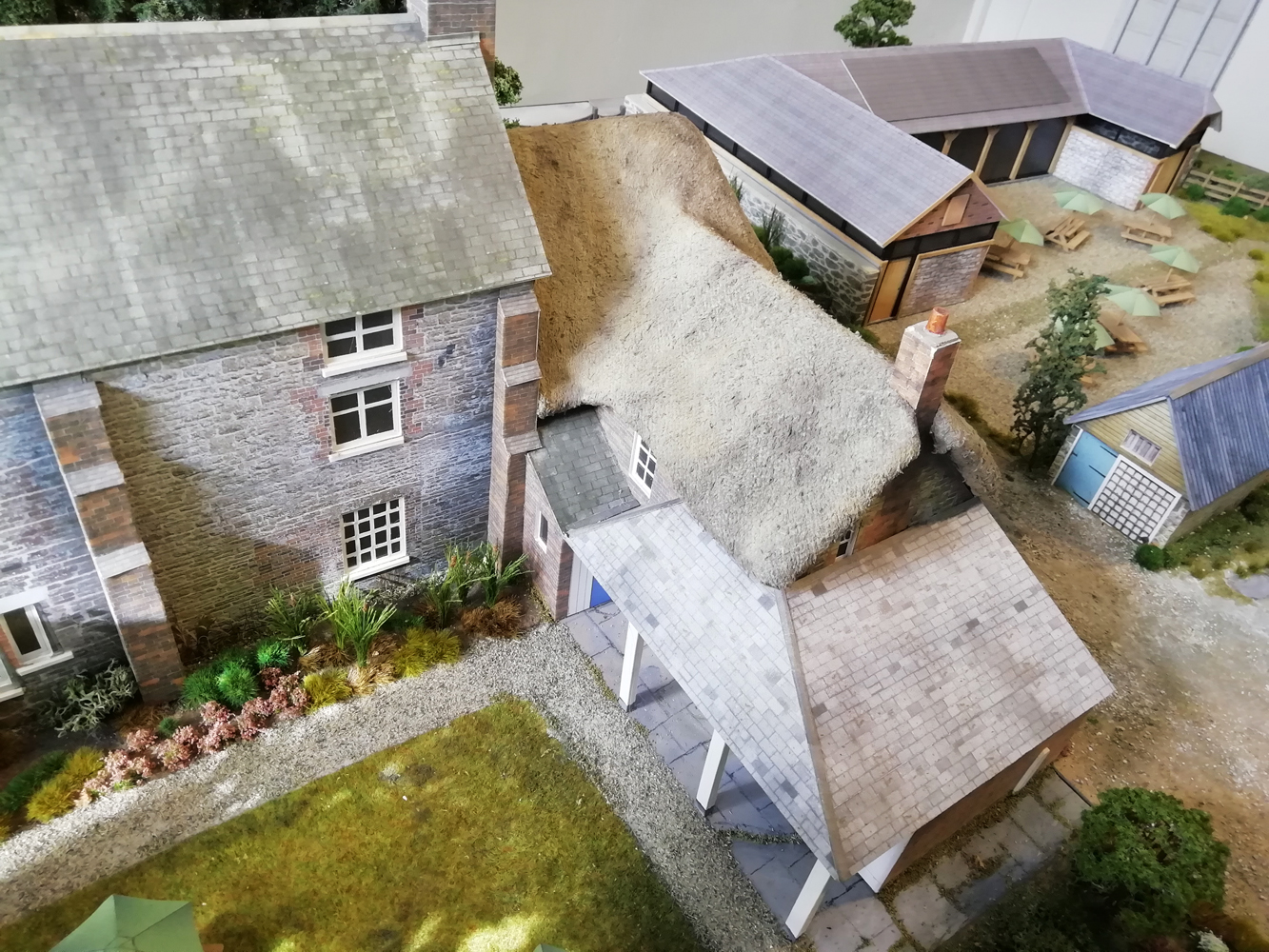
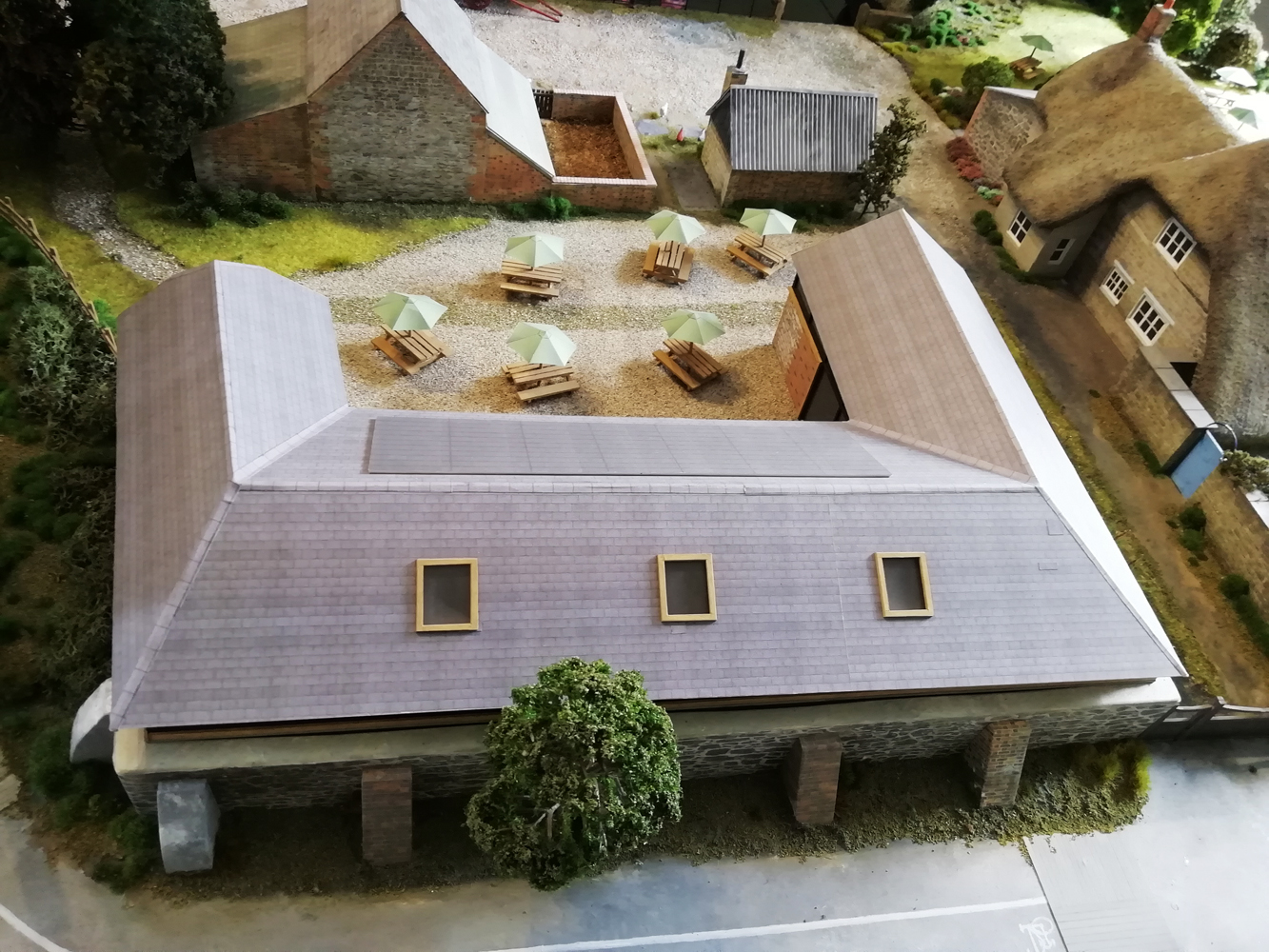
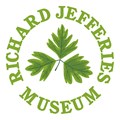 Campaign by
Campaign by